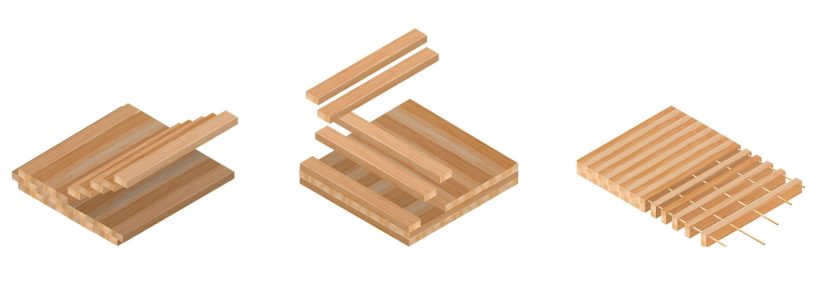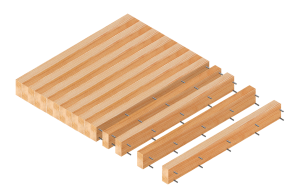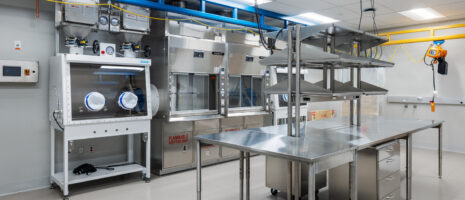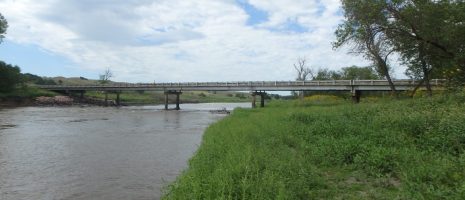Mass Timber: Each type offers unique benefits

First in a series based on the IMEG executive guide, “Mass Timber 101: A Guide to the Hottest Sustainable Building Material.”
By Heather Heidenreich
Wood has evolved as a construction material over 10,000 years – from the first Neolithic long house to modern timber framing – and has recently taken off in a new form: mass timber.
As research and testing of materials advance, the built industry is seeing a growing trend toward more buildings being constructed from mass timber. Indeed, an increasing number of owners and building officials are acknowledging the benefits mass timber provides not only for projects but also for communities. The attention given to the material even extends outside AEC industry publications, including Vox magazine, which has touted it as the “hottest new thing in sustainable building.”
Mass timber, multiple solid wood panels nailed or glued together (Think Wood), is a lighter material than concrete or steel, but it still meets the Type IV Heavy Timber Construction requirements of the International Building Code (IBC), and it can be used as load-bearing structures and interior finishes, offering endless opportunities for a warm and inviting aesthetic.
There are four typical types of mass timber elements:
 Nail-laminated timber (NLT) (shown at right) s one of the oldest types of mass timber and can be found in century-old buildings or bridge deck construction. NLT is created with pieces of 2x to 4x dimensional lumber ranging in thickness from 4” to 12” that are sandwiched together and then fastened with nails or screws. The commonly obtained materials and approach to construction means no manufacturing facility is required. Though you don’t hear its name often, NLT is still in use today.
Nail-laminated timber (NLT) (shown at right) s one of the oldest types of mass timber and can be found in century-old buildings or bridge deck construction. NLT is created with pieces of 2x to 4x dimensional lumber ranging in thickness from 4” to 12” that are sandwiched together and then fastened with nails or screws. The commonly obtained materials and approach to construction means no manufacturing facility is required. Though you don’t hear its name often, NLT is still in use today. - Glue-laminated timber (glulam) (shown at top, left) may be used in floor and bridge decks, but it is more typically used as beams or columns. The formation is similar to NLT, but glue replaces the nails or screws. Ensuring the glue bond does require manufacturing facilities. Various layers are common for glulam members, which makes customizing straight members into a curve or taper shape relatively simple.
- Dowel-laminated timber (DLT) (shown at top, right) is more commonly found in Europe than in the U.S. It mimics NLT construction but instead of mechanical fasteners it uses friction-fit though-dowels to hold the layered lumber boards together.
- Cross-laminated timber (CLT) (shown at top, center) is the current industry buzz. It has been widely adopted throughout Europe and is making advancements in the U.S. To create, lumber board layers are stacked and glued at 90-degree angles and laid in odd lamination counts (three, five, seven, etc.). Alternating grains provide some two-way slab properties, though the odd lamination count does define a strong direction, or span direction.
Each type of mass timber construction offers unique benefits to owners and contractors, and careful consideration of each type and its purpose can help teams decide which is best for their project.
Also in this series:
- Code changes offer building owners much more flexibility
- Environmental advantages of mass timber
- Mass Timber: How far will your dollar stretch?
- Is mass timber right for your project?
For more information, download a copy of the IMEG executive guide, “Mass Timber 101: A Guide to the Hottest Sustainable Building Material.”
Images © Think Wood













